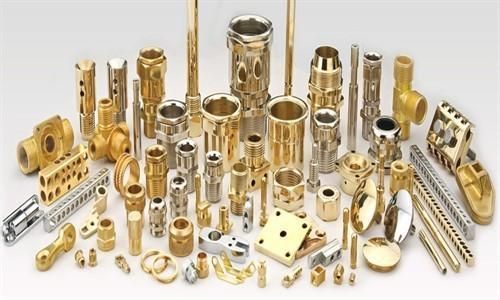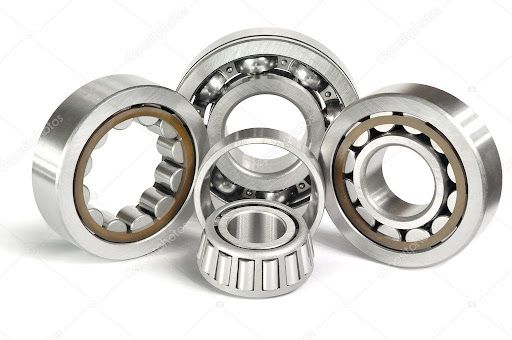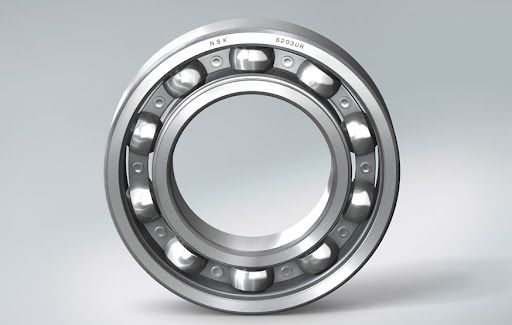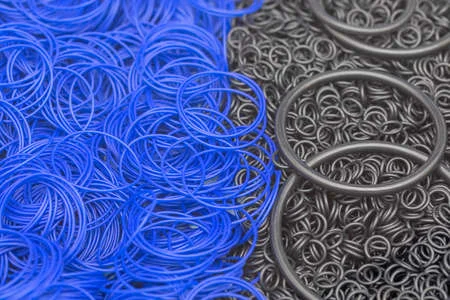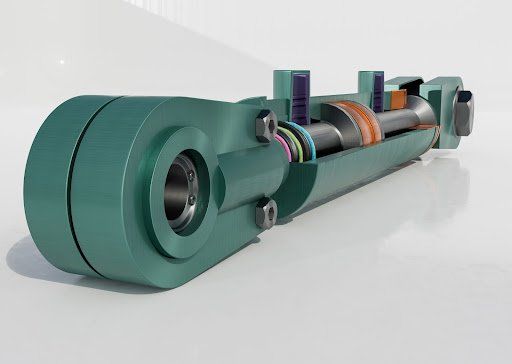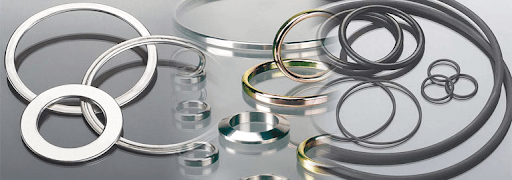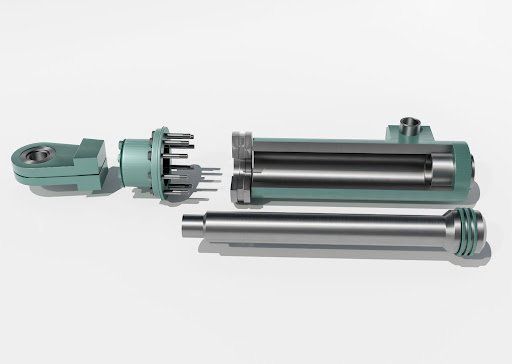A Recap of Rolling Element Bearings
A Recap of Rolling Element Bearings
Bearings, specifically rolling element bearings, are found in nearly everything that has moving and spinning parts, from motors and gearboxes to conveyor systems and industrial machinery. While it’s easy to understand why these components are so common in so many industries, what you may not realise is that each device can be quite different from the other, depending on the specific application for which it has been designed.
Composition
The basic structure of a rolling element bearing includes an inner ring, an outer ring, balls or rollers, and a retainer or separator. Or simply, two races separated by a group of rollers. The rollers come in a variety of different shapes which determine each device’s load capacity as well as its lubrication requirements.
The rollers can be arranged in either single or multiple rows and the bearings can be assembled with protective housings or sealing mechanisms. The different types of rolling element bearings can include rollers that are ball-shaped (the most common), cylindrical, tapered, spherical (barrel-shaped), conical or needle.
Loads
Rolling element bearings can support two types of loads, namely radial loads and thrust loads. Radial loads are shear forces that occur across the bearing races, while thrust loads produce force against the face of the bearing. It’s important to determine what type of load (as well as the amount) your bearing will be undergoing, as this will help you to select the correct type of bearing for your application.
Maintenance
Taking care of any rolling element bearing begins and ends with lubrication. Proper lubrication will ensure that the rolling elements stay cool, clean, free from contaminants and functioning correctly. In motors or gearboxes, bearing elements are greased effectively by elastohydrodynamic lubrication (EHL). This is a type of fluid-film lubrication. The hydrodynamic action enhances surface elastic deformation and the high pressure increases the lubricant viscosity. If properly cared for, rolling element bearings can often outlast the machines in which they’re running!
Bearings provide endless possibilities, which is why we’re so passionate about them here at Bearing Centre. Allow us to assist you in determining the right type of bearing for your application by considering the type of loads that the bearings will endure, as well as the environment in which they’ll be functioning. We’re here to help you achieve the most out of your machinery, so get in touch today!

